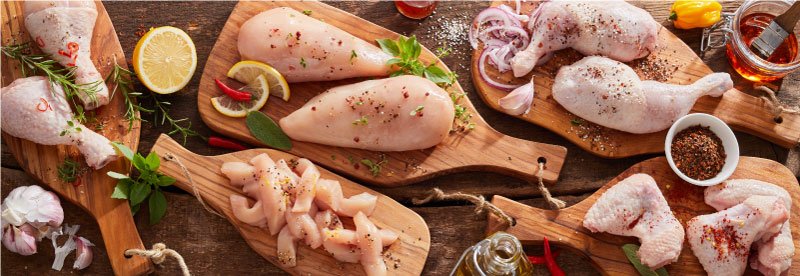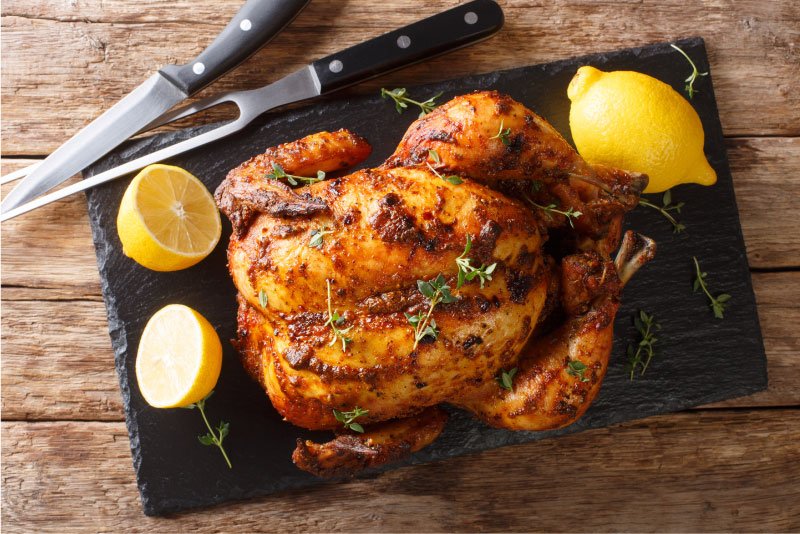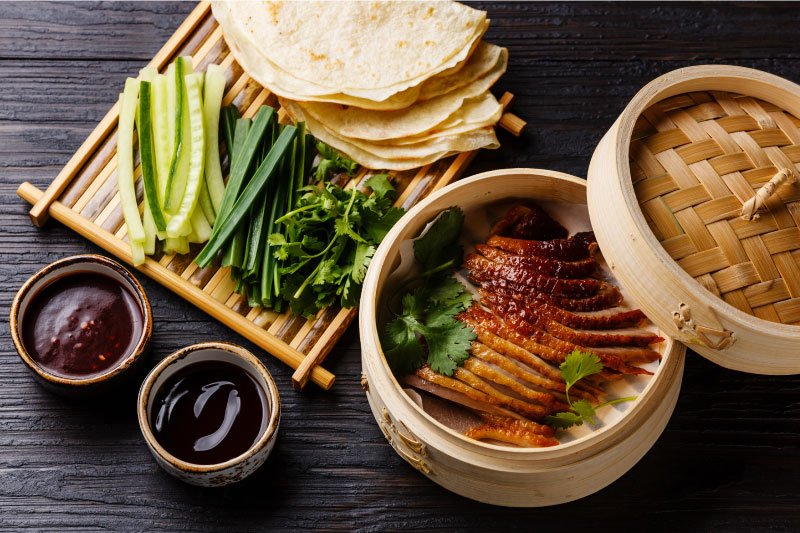
Poultry is one of the most commonly consumed meats in the world. A great source of protein, it is valued for its versatility as it is able to absorb different flavours. The word poultry applies to any winged bird. However, most of the time when you mention poultry, the first thing that comes to mind is chicken. But there’s more to poultry than chicken.
There are many varieties of poultry, ranging from squab to goose, turkey, duck and lots more. Different types of poultry can be divided into these categories – landfowl, waterfowl and game.
Landfowls are domesticated birds which are bred for both meat and eggs. Landfowls like turkey, chicken, guineafowl, pheasant and rhea produce meat that has a light taste that is suitable for dishes using herbs and spices.

Waterfowls are domesticated waterborne birds like ducks and geese. Strong in flavour, the meat is found in many cuisines around the world such as duck a l’orange; a French dish, Peking duck or roasted goose in Hong Kong.

Game are undomesticated varieties that are hunted in the wild. Examples of game fowl are guinea fowl, partridge, pheasants, squabs and quail. Due to their diet in the wild, the meat they produce has a more intense and bitter taste.
There are many ways to cook poultry, from stewing to braising, poaching, boiling, steaming and frying. You can even grill, broil, roast, sauté or even bake it. It all depends on the cut and poultry type. However, do bear in mind that undercooked poultry carries the risk of foodborne sicknesses so make sure the meat is cooked thoroughly.
The best is to cook all poultry to 73oC. Check the temperature with a meat thermometer at the thickest part of the meat. Or you can poke the meat to check if the juices run clear. If you’re using frozen poultry, make sure they are totally thawed before you start cooking. Never marinate or thaw poultry on the counter. Always keep poultry in the refrigerator until you are ready to cook.
Here are some tips to prep poultry safely.
Keep it clean
Always wash your hands and keep the area clean to prevent bacteria from spreading to other food. Wash your work surfaces with hot, soapy water after handling raw poultry.
Cut it right
Remember to disinfect your cutting board with hot water after use.
Avoid cross-contamination
Never use the same utensils for uncooked and cooked poultry unless you have thoroughly washed it.
Serve poultry immediately after cooking
Don’t let poultry stand in room temperature for more than two hours as bacteria will multiply in hot weather. Refrigerate leftovers as soon as possible.
Lastly, before you start cooking, remember to check your recipe to see if your meat has to be cut into pieces or cooked whole.
Happy cooking!
